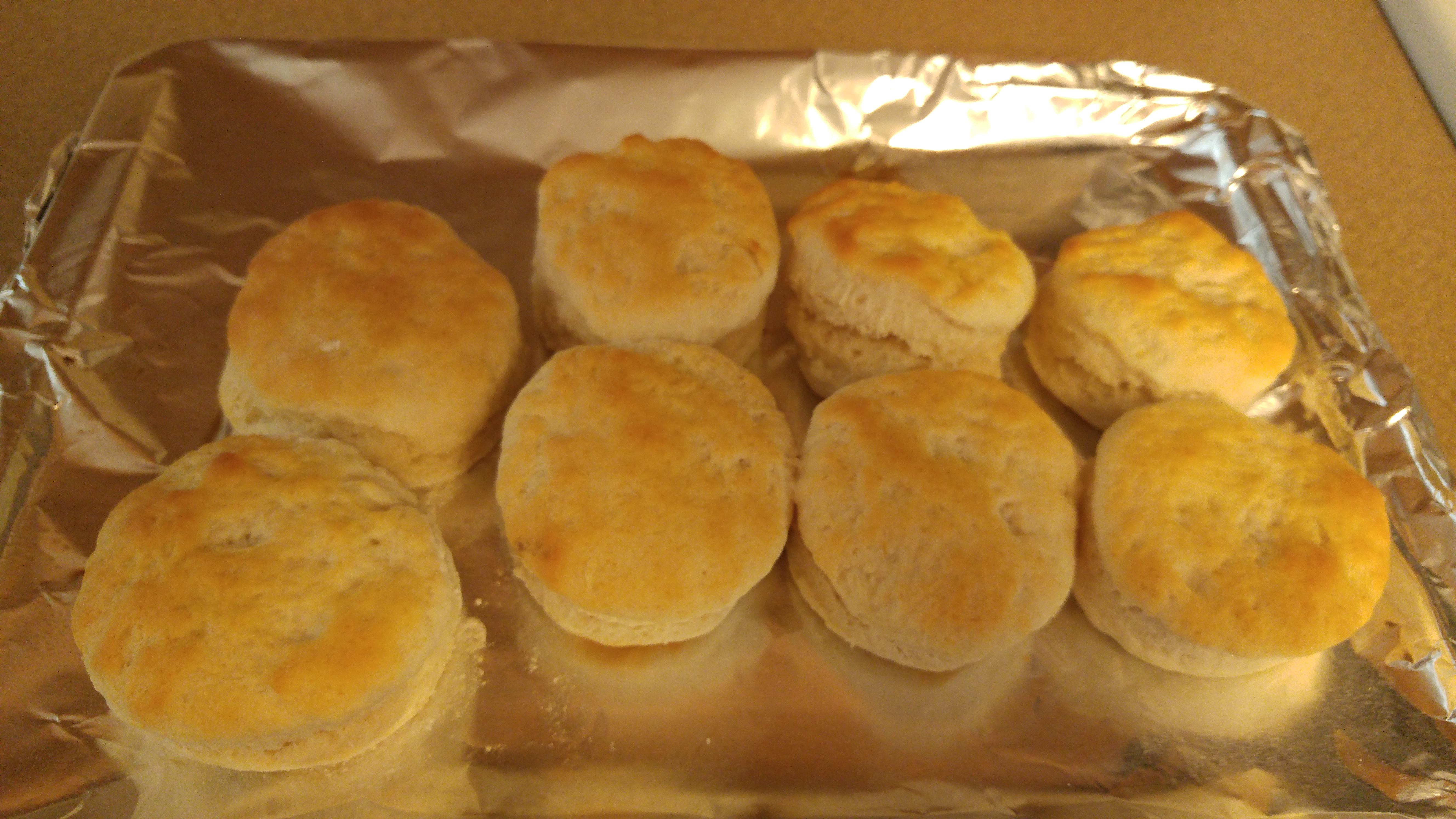

Holy cow, those southern cooks know what they’re talking about! The White Lily self-rising flour far outperformed the store brand self-rising flour and the self-rising substitute. As you can see from the scale, this was a rather messy operation! I baked a total of 33 biscuits across the three batches (it actually took the White Lily batch 5 minutes less time to bake than the other two)… The buttermilk seemed to absorb immediately. The self-rising substitute dough was extremely dry and very difficult to form into a dough. My biscuit cutter easily slipped through the White Lily dough, barely needing any flour to keep it from sticking. The store-brand felt like typical biscuit dough I was used to, but the White Lily was notably softer and more pliable. Nonetheless, I yielded a different quantity of biscuits each time (9 for the store brand, 11 for the self-rising substitute and 13 for White Lily).Įach of the doughs felt differently when I rolled them out too. I did my best to roll out each batch of dough to the same 1/2″ thickness. One cup of self-rising flour is equivalent to 140 grams, so I used 280 grams (2 cups) in each batch. Since there can be a lot of variation when it comes to measuring (especially since White Lily is a lighter flour than the others), I decided to weigh the flour to ensure I used exactly the same amount in each batch. Still, once you see the results I think you’ll be pretty amazed! While I did my best to make this test as fair as possible (I’m no statistician but I do like to dig into data), it’s hardly scientific.


A number of you expressed an interest in seeing a “biscuit bakeoff” after last week’s Southern-Style Biscuits recipe from the back of the White Lily self-rising flour package.


 0 kommentar(er)
0 kommentar(er)
